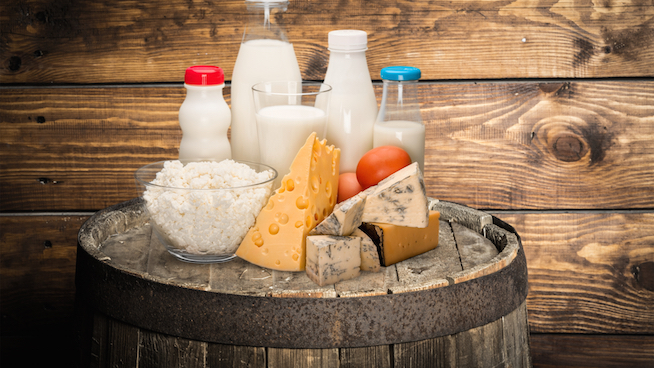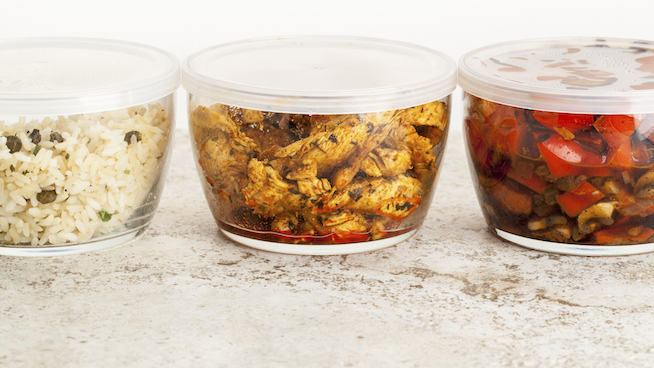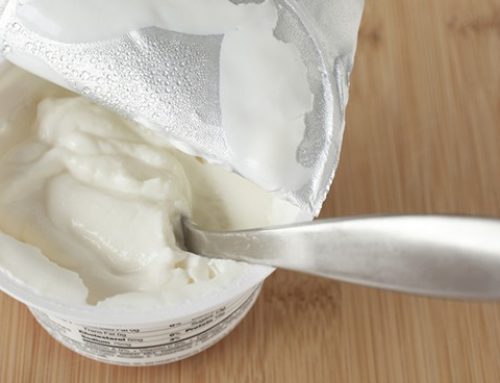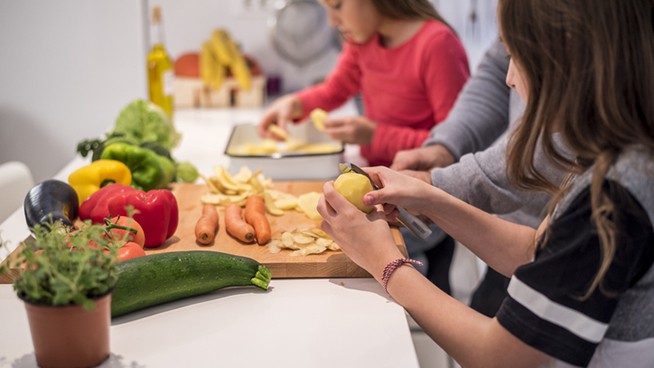What America Can Learn From the UK’s Battle With Junk Food
The grocery store checkout line can be a dangerous place.
As you wait to load your items onto the conveyor belt, a plethora of chips, candy bars, cookies and other junk food beckons mere feet away.
When parents find themselves with children in such situations, the child will often incessantly ask for one such item. Even without kids, adults are not impervious to the “impulse buy.”
New research from the University of Cambridge is showing that re-shaping these areas of the grocery store could significantly cut down on the junk food consumption of consumers. Between 2013 and 2017, six of the nine major UK supermarket groups have “made voluntary commitments to remove or limit unhealthy foods at the tills or to provide healthier options.”
The results have been dramatic. From The University of Cambridge:
The team looked at how purchases of less healthy common checkout foods brought home changed following the implementation of checkout policies. They used data from over 30,000 UK households from 12 months before to 12 months after implementation.
The researchers found that implementation of a checkout food policy was associated with an immediate 17% reduction in purchases. After a year, shoppers were still purchasing over 15% fewer of the items compared to when no policy was in place.
Next, they looked at data from 7,500 shoppers who recorded food bought and eaten ‘on-the-go’ during 2016-17 from supermarkets with and without checkout food policies. On-the-go purchases are often impulsive and can be the result of children pestering their parents. The researchers found that shoppers made 76% fewer annual purchases of less healthy common checkout foods from supermarkets with checkout food policies compared to those without.
That latter figure is perhaps most impressive. Not every person is susceptible to “impulse buys” of junk food, but it seems most “impulse buys” are immediately consumed upon exiting the car. Either the adult consumes them on their car ride or walk home, or they give them to a child who does the same. Reducing these types of purchases by over 75% is a serious accomplishment.
“Our findings suggest that by removing sweets and crisps from the checkout, supermarkets can have a positive influence on the types of purchases their shoppers make,” says Dr Katrine Ejlerskov, the study’s first author. “This would be a relatively simple intervention with the potential to encourage healthier eating. Many of these purchases may have been impulse buys, so if the shopper doesn’t pick up a chocolate bar at the till, it may be one less chocolate bar that they consume.”
Implementing similar policies in American supermarket chains might not just benefit our waistlines, but also our wallets. A recent survey found the average U.S. consumer drops $5,400 a year on impulse buys, with over 70 percent of responders saying some type of food was their most common impulse purchase.
READ MORE:
RECOMMENDED FOR YOU
MOST POPULAR
What America Can Learn From the UK’s Battle With Junk Food
The grocery store checkout line can be a dangerous place.
As you wait to load your items onto the conveyor belt, a plethora of chips, candy bars, cookies and other junk food beckons mere feet away.
When parents find themselves with children in such situations, the child will often incessantly ask for one such item. Even without kids, adults are not impervious to the “impulse buy.”
New research from the University of Cambridge is showing that re-shaping these areas of the grocery store could significantly cut down on the junk food consumption of consumers. Between 2013 and 2017, six of the nine major UK supermarket groups have “made voluntary commitments to remove or limit unhealthy foods at the tills or to provide healthier options.”
The results have been dramatic. From The University of Cambridge:
The team looked at how purchases of less healthy common checkout foods brought home changed following the implementation of checkout policies. They used data from over 30,000 UK households from 12 months before to 12 months after implementation.
The researchers found that implementation of a checkout food policy was associated with an immediate 17% reduction in purchases. After a year, shoppers were still purchasing over 15% fewer of the items compared to when no policy was in place.
Next, they looked at data from 7,500 shoppers who recorded food bought and eaten ‘on-the-go’ during 2016-17 from supermarkets with and without checkout food policies. On-the-go purchases are often impulsive and can be the result of children pestering their parents. The researchers found that shoppers made 76% fewer annual purchases of less healthy common checkout foods from supermarkets with checkout food policies compared to those without.
That latter figure is perhaps most impressive. Not every person is susceptible to “impulse buys” of junk food, but it seems most “impulse buys” are immediately consumed upon exiting the car. Either the adult consumes them on their car ride or walk home, or they give them to a child who does the same. Reducing these types of purchases by over 75% is a serious accomplishment.
“Our findings suggest that by removing sweets and crisps from the checkout, supermarkets can have a positive influence on the types of purchases their shoppers make,” says Dr Katrine Ejlerskov, the study’s first author. “This would be a relatively simple intervention with the potential to encourage healthier eating. Many of these purchases may have been impulse buys, so if the shopper doesn’t pick up a chocolate bar at the till, it may be one less chocolate bar that they consume.”
Implementing similar policies in American supermarket chains might not just benefit our waistlines, but also our wallets. A recent survey found the average U.S. consumer drops $5,400 a year on impulse buys, with over 70 percent of responders saying some type of food was their most common impulse purchase.
READ MORE:











